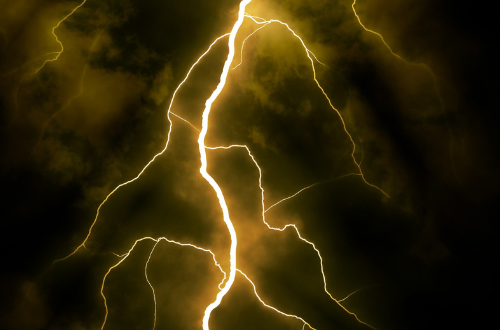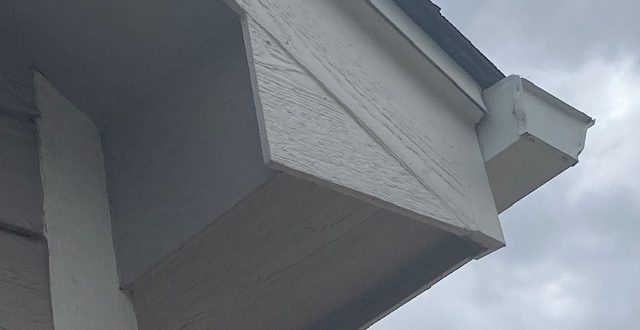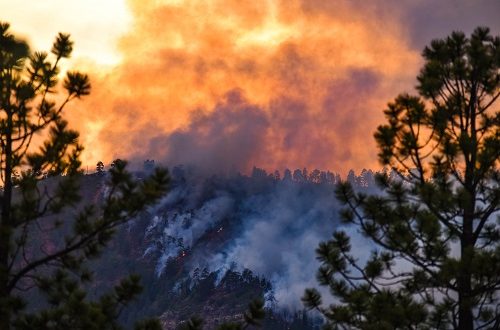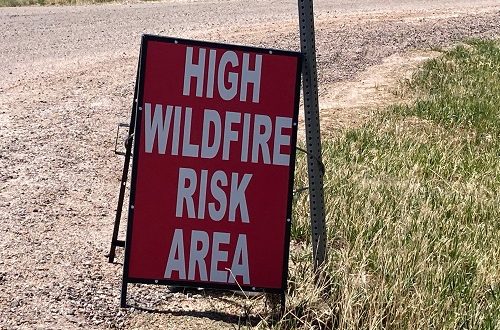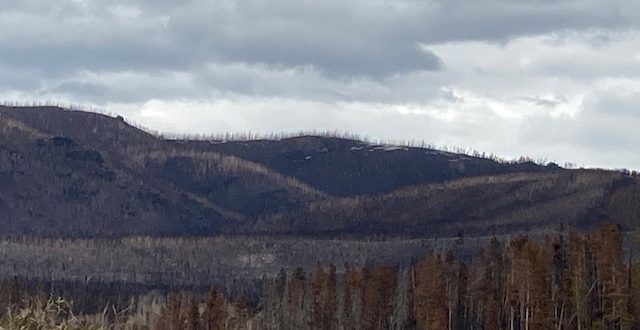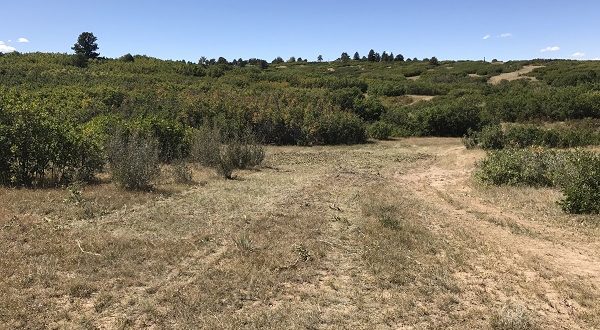Understanding how wildfires get started is key to reducing the risk of them. Forest fires can start from natural causes, and there is little you can do about them. However, there are also human causes, and these are the ones that we can all do a part in preventing. Lightning Striking the Tree One of the most natural reasons for fires to start is lightning striking a tree. This is usually a dead or diseased tree since there won’t be any moisture in them. However, the lightning can also strike healthy trees and cause problems. This is usually when lightning strikes without any rain or when the water has already absorbed due to the heat. Lightning strikes can’t be stopped.
(719) 400-9104
office@coloradomastication.com
There are many elements of the home to consider when it comes to managing the risk of wildfires and creating defensible space around your home in Parker. The eave is one element. It’s a No. 4 consideration, which means it’s not the biggest concern but you still want to pay close attention to it. Your eave will overhang the house to protect it from rain and sun. It will also trap heat in some cases, and this is where one of the big problems is when it comes to wildfires. Here’s a look at what eaves do, and how you can manage them to protect your home. How Eaves Can Draw in Wildfires The eaves will help to trap heat
Fires need certain elements to burn. They make use of everything around them to keep burning, and part of that is the wind. And you’ll know that windspeeds can easily hit 60mph, with some reaching as high as 100mph. If fires ignite during a wind event, it will lead to the flames spreading for hundred of yards. It doesn’t matter if there is a lot of fuel nearby. The wind will help the sparks travel, which is why it’s so important to have the right zones around your house when you build it in an area prone to wildfires. The Creation of Fire Spots When fires start during a wind event, the wind will blow some of the sparks to
When working on your defensible space around your home in Black Forest, consider deck a part of defensible space. To help prevent the spread of wildfire and damage to your home, you need to understand how various elements will affect your safety. Your deck is a No. 2 priority. This doesn’t mean low; it means that it just comes slightly after the roof, the vents, and the vegetation around your home. The decks are still problematic when it comes to fires. We’ll look at how they contribute to the spread, and what you can do to manage the problem. How Decks Cause Problems in Wildfires Embers will spread from the fires to other parts of the land. The wind will
Living in fire-prone parts of the U.S. will mean seeing certain signposts. These indicate the danger ratings of fires, whether you’re in an area with a low danger rating up to an extreme danger ratings. You’ll want to pay attention to the signs. They don’t just tell you the chances of a fire happening, but the chances of those fires being a huge concern for your family and your home. Different countries have different ratings, but we’re just looking at the U.S., which are Low, Moderate, High, Very High, Extreme. Low and Moderate Risks of Fire A “Low” rating is also considered Green. This is when the risk of a fire starting is low but it’s not impossible. However, it
You’ll hear a lot about wildfires affecting certain parts of the world more than others. Most of this comes from the ecosystem—the plant life around the area. Some ecosystems are fire-dependent, which means they need some sort of fire to help create a balance. If there hasn’t been a fire for some time, a massive fire can break out to balance the deficit. Alternatively, the ecosystem can change, and other species of trees and shrubs will move in. It’s possible to look back at fire patterns over the decades to see how your area has been affected. This will also offer you a chance to see the chances of a major fire in the coming years. Fires Are Often Necessary
Contact us at (719)400-9104 to schedule and estimate on removing beetle-killed forests. The mountain pine beetle is in the media a lot. This insect has managed to kill a lot of forests. A total of 3.3 million acres of land in Colorado alone has been affected by mountain pine beetles, with spruce beetles killing another million acres. It was lodgepole pines affected first, but now the beetles have moved onto ponderosa pines. The Hardiness of the Beetles A mountain pine beetle is one of the hardiest of all insects. The larvae can withstand the extreme cold thanks to the glycol (the chemical compound that creates antifreeze!) within the outer layers. It would take bark temperatures of -30F to kill the
When it comes to protecting your land from a wildland fire, you need to understand more about the natural situation heading your way. It’s important to understand how fires start, and what they need to keep burning. Wildland fires are natural. They start on their own, and they even have a place in the lifecycle of forests and woodland. It’s all about the “fire triangle.” What is the Fire Triangle? Wildfires will move fast in the direction of where there’s the most supply of the elements they need. The elements make up the fire triangle, so to control the fires, the triangle needs to collapse. This is how firefighters work to put out the fires. Heat, fuel, and oxygen make
Please call for a free estimate on fire mitigation in Jefferson County (719)400-9104 or email us at office@coloradomastication.com. When it comes to creating a survivable space, you need to make sure you only do it on your land. While you want to encourage your neighbor to work with you, you can’t force them. Nor can you work on their land without permission. Knowing where your property boundary starts and finishes is essential. At the same time, you need to evaluate the land. There’s no point in starting to create a defensible space without assessing everything that needs doing. Knowing Your Boundaries The first thing to do is work out where your boundaries lie. For centuries, land has been owned with
Request an estimate on fire mitigation in Evergreen, Colorado. (719)400-9104. The home ignition zones are essential to understand when it comes to protecting your home from wildfires. You’ll not only keep you and your family safe, but you can minimize the spread of the fires. There are four zones to consider: The Home Zone, Zone 1, Zone 2, and Zone 3. The Home Zone While you need to take steps to get the three other zones ready for the risk of fire, you can’t overlook your home. This is within the first five feet of your home and less, including anything on and around your patio and roof. You’ll need to make sure the fences, decks, and porches are made
